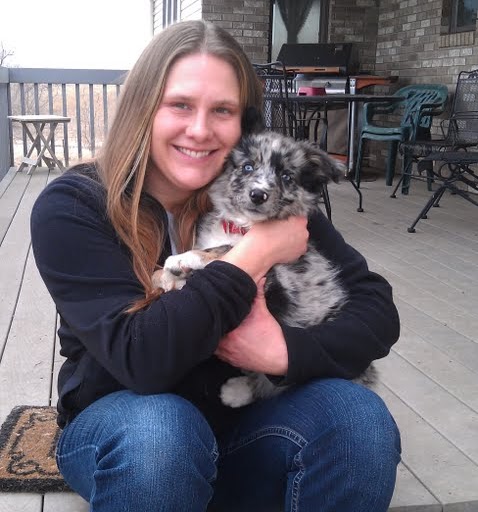About Chimney Butte Ranch

The ranch had been named Chimney Butte Ranch previous to our purchase and no one in the neighborhood knows when the name was first used. The ranch was homesteaded by Axle Johnson in 1912. We purchased the ranch from his son Art Johnson. There was a one room school, on the property we purchased, named Chimney Butte School and a 4-H club named Chimney Butte Ranchers prior to our purchasing the ranch. The name comes from a butte and ridge south of the ranch headquarters that has sand rock outcroppings and several small peaks with rim rock on the top of the peaks. The peaks with the rim rock resemble large chimneys.
Our involvement with the ranch started in the fall of 1989 when we purchased the property. Carol, I and the children, living on a rural setting in southeast North Dakota, enjoyed riding horse, hunting, fishing and the outdoors. Many of our excursions took us to western North Dakota. Both Carol and I grew up in western North Dakota and we also made many trips west for family functions. Our initial intentions were to use the ranch property as an investment and recreational property, and not as our working ranch. When we purchased the ranch, I continued to travel working in technical industrial sales, and Carol continued to teach.
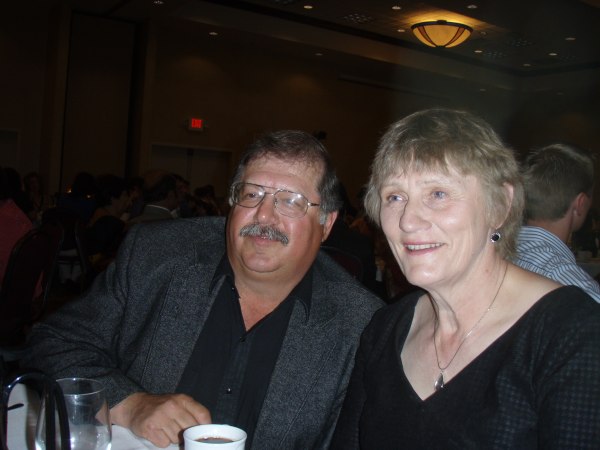
The previous owner had retired about 12 years before we purchased the ranch. Over that time, no one had lived in the house that was built in 1915 for over 10 years. The corrals, fences, cropland, hay land and facilities had fallen into disrepair. Quite obviously we had a lot of work needed to make the place livable and functional as a ranch. The first year we concentrated on facility repair, fences, and started to put the tillable land back into productive condition. The improvements have been constant and each year we try to do more. We have added lots of new fence, miles of pipeline, new wells, new buildings, trees have been established, and the list goes on. More improvements are planned.
During the spring of 1991 we decided to purchase a few beef cows to graze small patches that were hard to rent out. As I reviewed pricing on older stock cows, I felt they were overpriced for the expected rate of return. As an alternative I looked into buying open heifers, breeding and developing them, and reselling before they calved. We had been exposed to Gelbvieh by the Larry Moe operation in eastern North Dakota, and the Gustin Ranch near our new home. We made the decision to buy registered heifers from Miller Gelbvieh and Moe Gelbvieh to start our project. As fortune would have it, the market for cattle fell apart that year, and selling bred females was not very profitable. We sold about half of the heifers to cover costs we could not absorb, and decided to calve out the rest, hoping the market would improve. Those calves were the start of our herd which was to remain a hobby.
The next few years we purchased heifers, developed them, sold some to cover costs, and the “hobby” herd continued to grow. We also started to sell bulls private treaty.
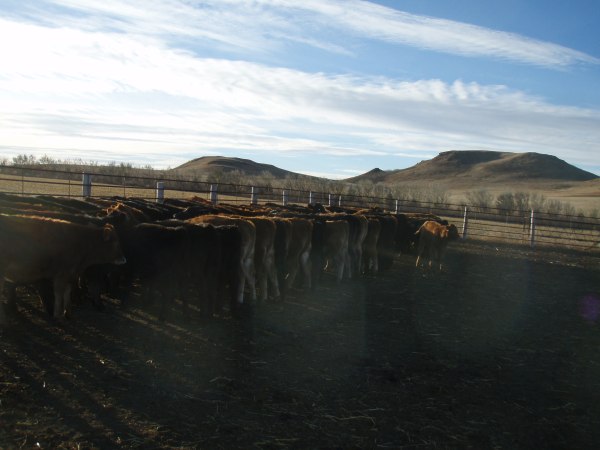
My off farm occupation was very quality intensive and the drive for quality off farm filtered into our farm and ranch operation. When the herd reached about 75 cows, Carol decided to retire from teaching to take care of the cows. That was an opportunity to expand the herd to the next level. A few years later, we hired help and added more cows to the herd. As the herd grew, we stopped leasing our pasture to neighbors, and actually started leasing land that was offered to us.
As time went on, we crossed the 200 cow mark, added more pasture and hay land, and continued to expand the operation. We also expanded the crop and hay operations and adopted no till farming shortly after 2000. We lease and operate dry land and irrigated cropland to provide feed for the cattle, and to provide diversification to our operation. One of the more notable expansions was the purchase of my great grandfather’s original homestead that I grew up on. The original house, built in the 1880’s with lumber from the Fort Abraham Lincoln facilities, is still being lived in. Fort Lincoln was the last command General Custer commanded before his defeat and death at the Little Big Horn. Fort Lincoln was decommissioned shortly after his defeat. That unit is about 25 miles from our headquarters. We have continued to expand the herd, and in 2012 we will calve out over 250 cows, nearly all registered, and put nearly 100 replacement heifers thru our development program. In 2009, I realized the “hobby” was no longer a hobby, and “retired” to the ranch after traveling in industrial sales for 33 years.
As our herd grew and we sold bulls and females, we met many great people in the cattle business. The ever changing demands of the cattle business, along with the technological advances have constantly challenged us, and presented opportunities to us. The changes and challenges of the business, require us to change our practices and our operation is ever evolving. One of the most difficult decisions we make, is when and how to incorporate new technology. Any change we adopt must provide value to us and more importantly to our customer. We have adopted the management practice of continuous improvement. In short, good is never good enough, and there is always room for improvement.

As we have developed our ranch, we never defined rigid goals or objectives. We feel we must enjoy the business as well as profit from it. We work hard to keep our customers satisfied and to provide them with tools and genetics to add profits to their operations. The size or scope of our operation has never been in the forefront of our planning. Customer satisfaction, quality cattle accepted by the industry, enjoyment of the outdoors, and the opportunity to enjoy our life on the ranch are all more important than most traditional goals.
The development of the ranch have given us the opportunity to raise our children in an atmosphere that created a good work ethic, pride in what they do, and values they can use the rest of their life. Our children all helped on the ranch as they grew up, and each of them helped develop the operation in their own way. There is no way this operation could have achieved the level of success we have enjoyed without a lot of help and support. Our family, friends, customers, business partners, association members, AGA staff and others have all helped us grow to where we are. We very truly appreciate everything they have helped us with in our journey. As time goes on, we hope we can provide support to others in this business. We would like to give others benefit from our experiences, challenges and successes. We plan on continuing the livestock business for years to come and hope it will be as rewarding as the past.
As we reflect on the growth and success of our operation to this point, we must thank the Good Lord for all the opportunities and rewards he has given us. We take the responsibility of caring for his land and his animals very serious, they are a gift, few of us on this planet are blessed with. I know of no other occupation that combines such a great workplace, unlimited opportunity, great friends, customers, and a lifestyle second to none. For this opportunity we will always be thankful.
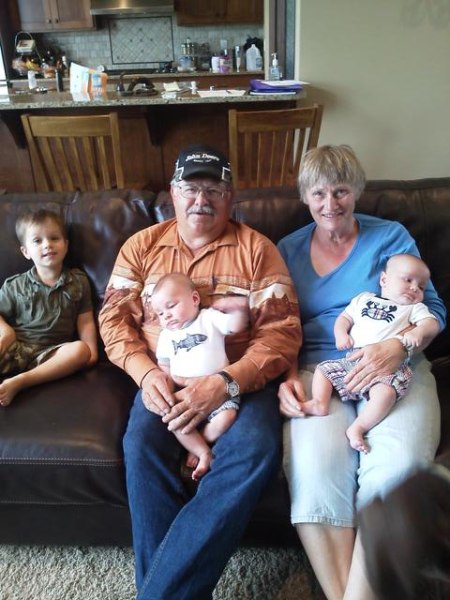
Doug & Carol Hille have three children (Ryan, Rachel & Stephanie) and three grandchildren (Will, Tate, & Crew)
Ryan and Jennifer
Ryan and Jennifer Hille live outside Rochester, MN on a small hobby farm with several horses and a donkey. Jennifer works as a Veterinary Technician in a Rochester vet clinic saving the dogs and cats of South-East Minnesota. Ryan is a design engineer and part owner in a company that provides automation and software solutions for medical laboratories. Ryan was recently suckered into creating the Chimney Butte Ranch website by his whiny little sister Stephanie.
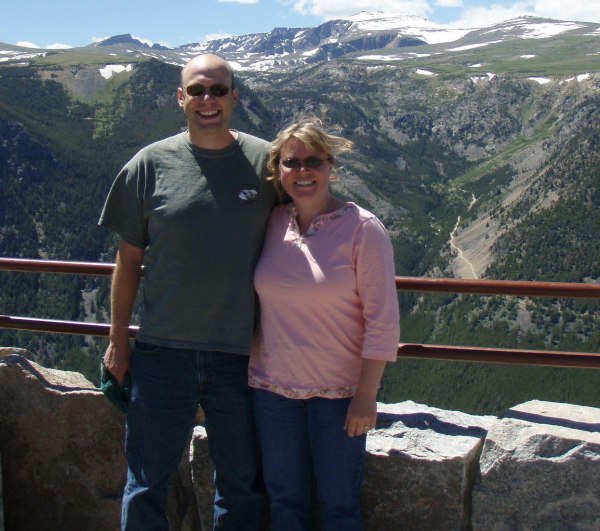
Ness Family
Rachel is the middle child. Rachel married Matt Ness in 2005 and they live in Fargo, ND with their three children - Will and his little twin brothers Crew & Tate (and of course their chocolate lab Mocha). Rachel is a dermatologist in Fargo and Matt took over the family farm south of Fargo that has been in his family for four generations. Matt does not have any livestock on the farm so the three grandchildren look forward to their trips to the Chimney Butte Ranch to visit the horses with grandma and and feed the cows with grandpa in the tractor. And there is always time for 4 wheeler rides at the ranch!!
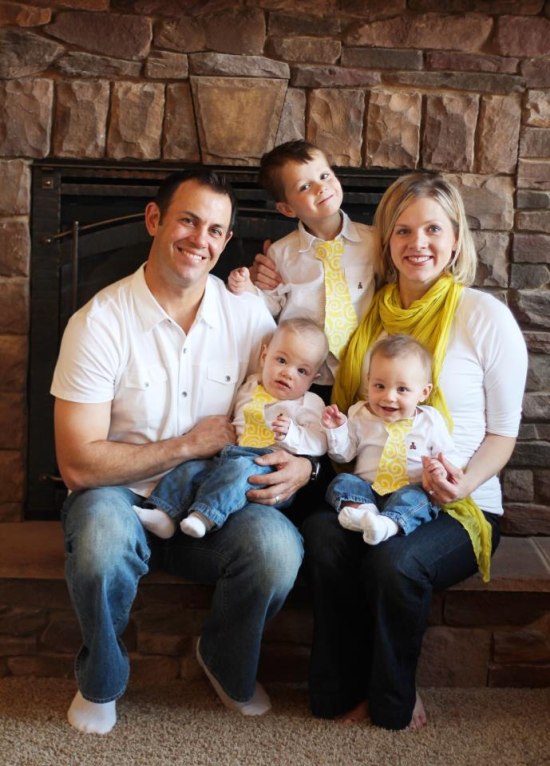
Stephanie
Steph lives close to the ranch in Mandan, ND. She currently works for Trans Ova Genetics as an embryologist. She has worked there for over 7 years and spends a lot of time on the road working on ranches or at their center in Onida, SD. In the fall she helps Mandan Veterinary Clinic with fetal ultrasound in cattle. When she is not on the road, she works on the ranch. Steph owns a few of the cows on the ranch and is directly involved with some of the cattle management. Recently, she brought in a new ranch hand; he is an adorable Australian Shepard/Border Collie named Trax.
